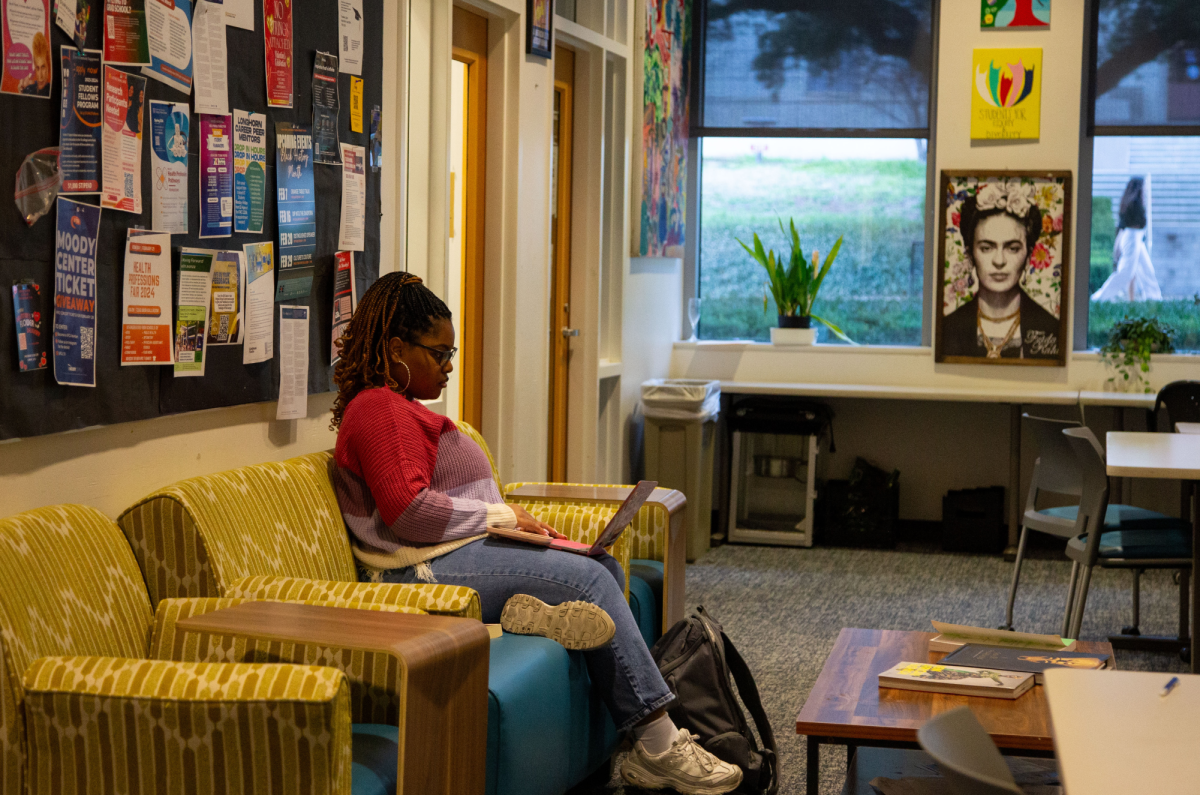A UT professor testified before Congress Thursday on the vulnerability of the federal government’s unmanned aerial vehicles, which were successfully hacked for less than $2,000 in June.
Todd Humphreys, assistant aerospace engineering professor, led the research team responsible for developing spoofing, a technique that uses common hacking software to hack into GPS-enabled devices. Federal officials asked Humphreys to testify as an expert witness and explain the possible consequences of hacking into the aerial vehicles, specifically drones, which are used by the military for surveillance purposes. The U.S. government recently issued a mandate to allow drones operated by civilians to take flight in 2015.
“There are simple techniques that, while not foolproof, can increase resistance to a spoofing attack significantly,” Humphreys said. “The bare fact is that anti-spoofing is hard. There’s no quick and easy and cheap solution, but there are reasonable, cost effective measures we can take in the short term.”
Humphreys and his team exhibited the success of spoofing in a June demonstration for the U.S. Department of Homeland Security at the White Sands Missile Range in New Mexico. In the demonstration, the team repeatedly tricked a UT helicopter drone into thinking it was higher than it should be, consequently causing it to adjust its altitude.
Daniel Shepard, an aerospace engineering graduate student who worked on developing spoofing with Humphreys, said he hopes Congress takes the safety of the drones into account.
“I hope that these congressmen, and hopefully in the future the Department of Homeland Security, take this threat seriously and are willing devote the resources required,” Shepard said. “There just needs to be some political pressure, because up until now, there hasn’t been any.”
The Federal Aviation Administration projects there to be more than 30,000 UAVs in use worldwide by the end of the decade. These drones are to be used for a range of applications such as commercial shipping, agricultural use and emergency services.




















